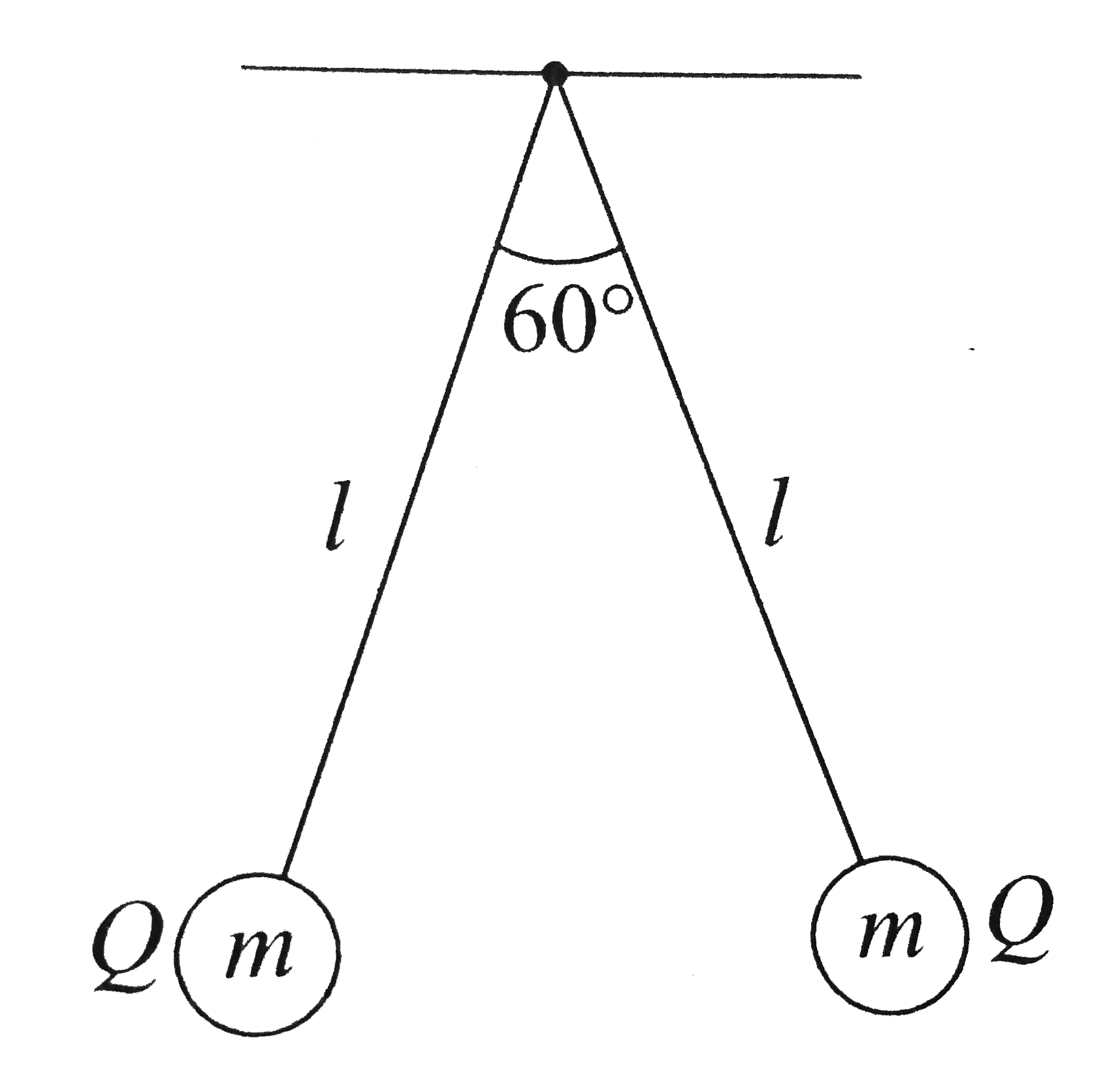Two identical metallic spheres of exactly equal masses are taken. One is given a poistive charge Q coulombs and the other an equal negative charge. Their masses after charging are different.
The statement is ture. The metallic sphere that gets negtively charged gains electons and hence its mass increases. The metallic sphere which gets postively charged loses electons and hence its mass decreases.
Topper's Solved these Questions
- BOOK - CENGAGE PHYSICSCHAPTER - MISCELLANEOUS VOLUME 3EXERCISE - Assertion-Reasoning Type1videos
MISCELLANEOUS VOLUME 3
- BOOK - CENGAGE PHYSICSCHAPTER - MISCELLANEOUS VOLUME 3EXERCISE - Assertion and Reason8videos
MISCELLANEOUS VOLUME 3
- BOOK - CENGAGE PHYSICSCHAPTER - MISCELLANEOUS VOLUME 3EXERCISE - Fill in the blanks10videos
MISCELLANEOUS VOLUME 3
- BOOK - CENGAGE PHYSICSCHAPTER - MECHANICAL PROPERTIES OF SOLIDSEXERCISE - Question Bank4videos
MECHANICAL PROPERTIES OF SOLIDS
- BOOK - CENGAGE PHYSICSCHAPTER - MISCELLANEOUS VOLUME 5EXERCISE - Integer12videos
MISCELLANEOUS VOLUME 5
Similar Questions
(a) Can two bodies having like charge attract each other (yes/No)
(b) Can a charged body attract an unchanged body? (yes/No)
(c ) Two identical metallic spheres of exactly equal masses are taken, one is given a positive charge q and the other an equal negative charge. Their masses after charging are different. Co,,ent on the statement.View SolutionIn a neutral body, the amount of positive charge is equal to the amount of negative charge.
View Solution
Knowledge Check
- Question 1 - Select One
Two identical metallic spheres A and B of exactly equal masses are given equal positive and negative charges respectively. Then
Amass of A > mass of BBmass of A < Mass of BCmass of A= Mass of BDmass of A ≤ Mass of B - Question 2 - Select One
Two identical metallic spheres A and B of exactly equal masses are given equal positive and negative charges respectively. Then
ARemains sarme on the electroscopeBMass of sphere A >mass of sphere B charge on electroscopeCMass of sphere A lt mass of sphere B charge on electroscopeDCannct be predicted - Question 3 - Select One
Two spheres of equal mass A and B are given +q and -q charge respectively then
Amass of A increasesBmass of B increasesCmass of A remains constantDmass of B decreases
Two small balls, each having equal positive charge Q are suspended by two insulationg strings of equal length l from a hook fixed to a stand. It mass of each ball =m and total angle between the two strings is 60∘m, then find the charge on each ball.
 View Solution
View SolutionTwo equal negative charges are fixed at points and on y-axis. A positive charge Q is released from rest at the point on the x-axis. The charge Q will:
View SolutionThree charge +Q,+Q and −Q are placed at the corners of an equilateral triangle. The ratio of the force on a positive charge to the force on the negative charge will be equal to
View SolutionTwo bodies are charged by rubbing one against the other. During the process, one becomes positively charged while the other becomes negatively charged. Then
View SolutionTwo identical metallic spheres X and Y with electrons supported on insulating stands and placed in contact. What kind of charges will be daveioped on X and Y when a negatively charged ebonite rod is brought near X?
View Solution

